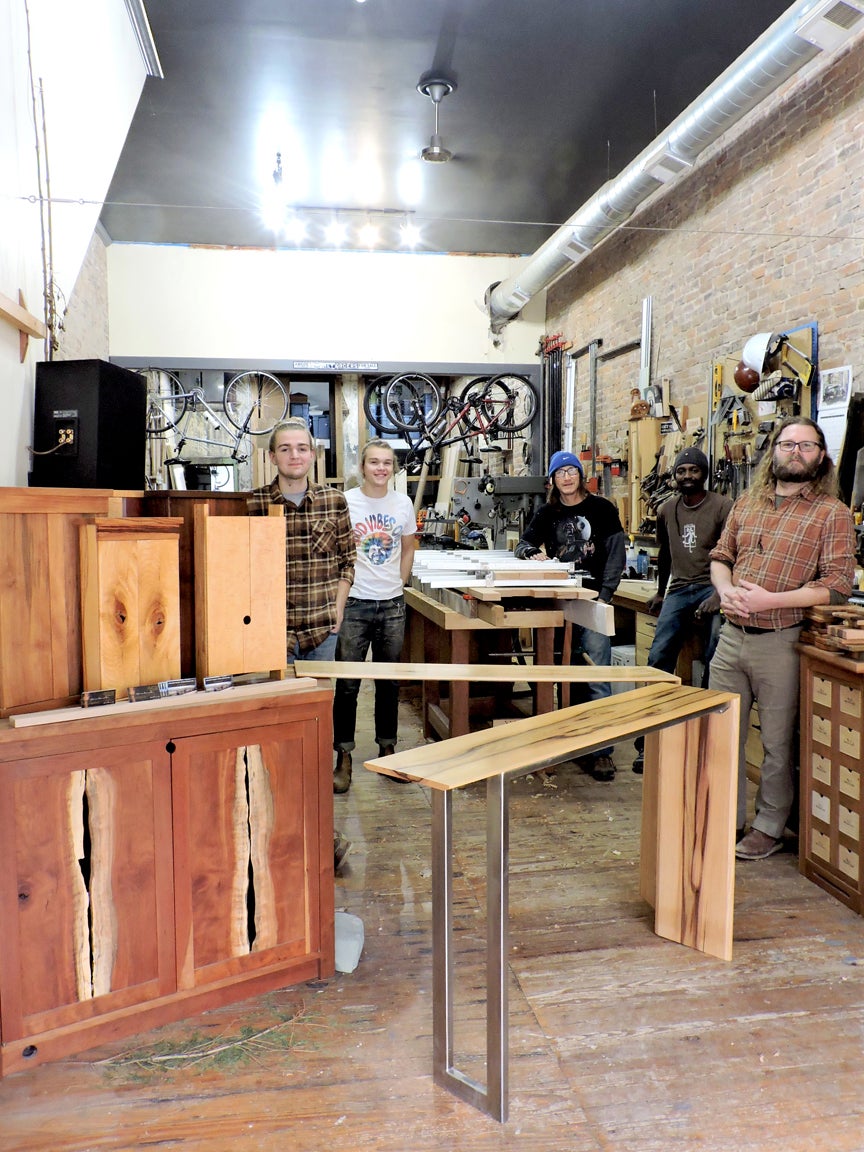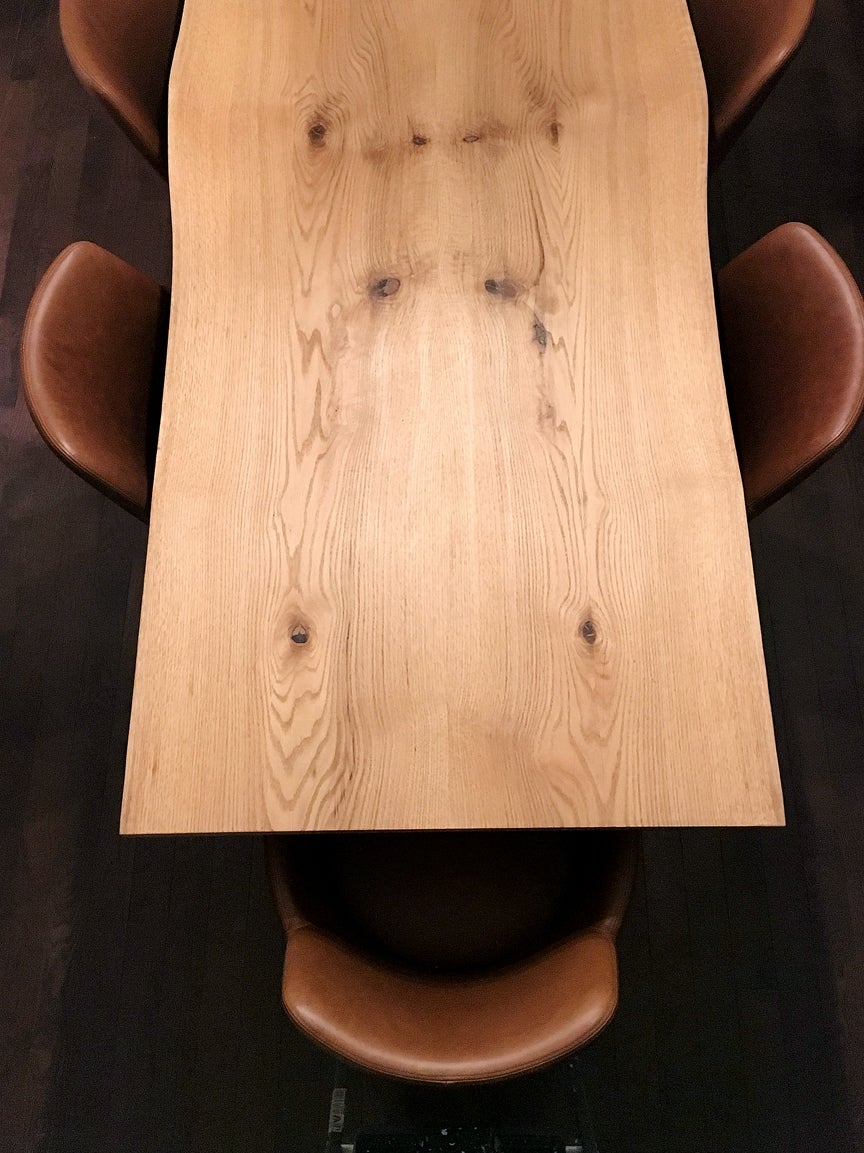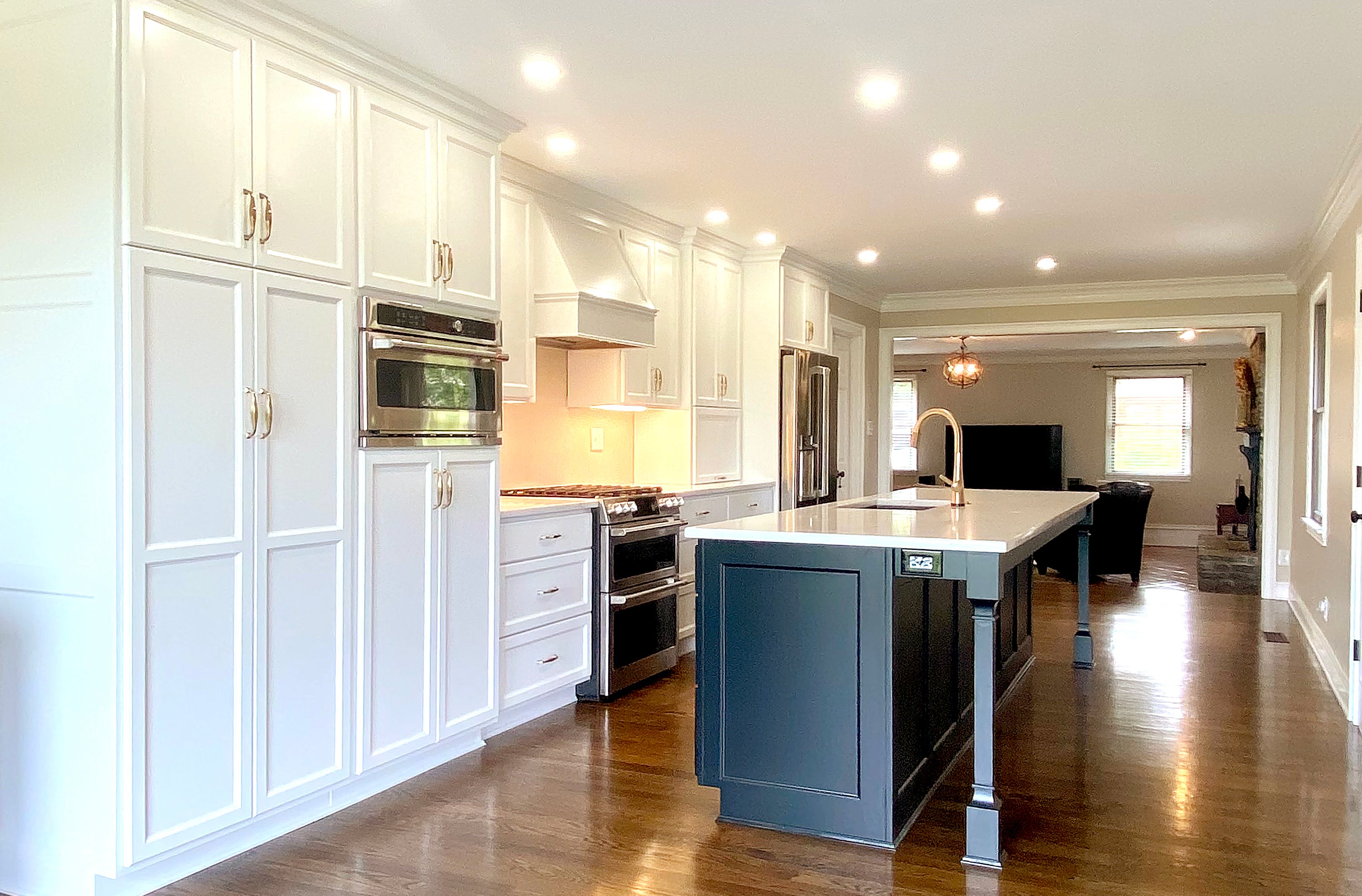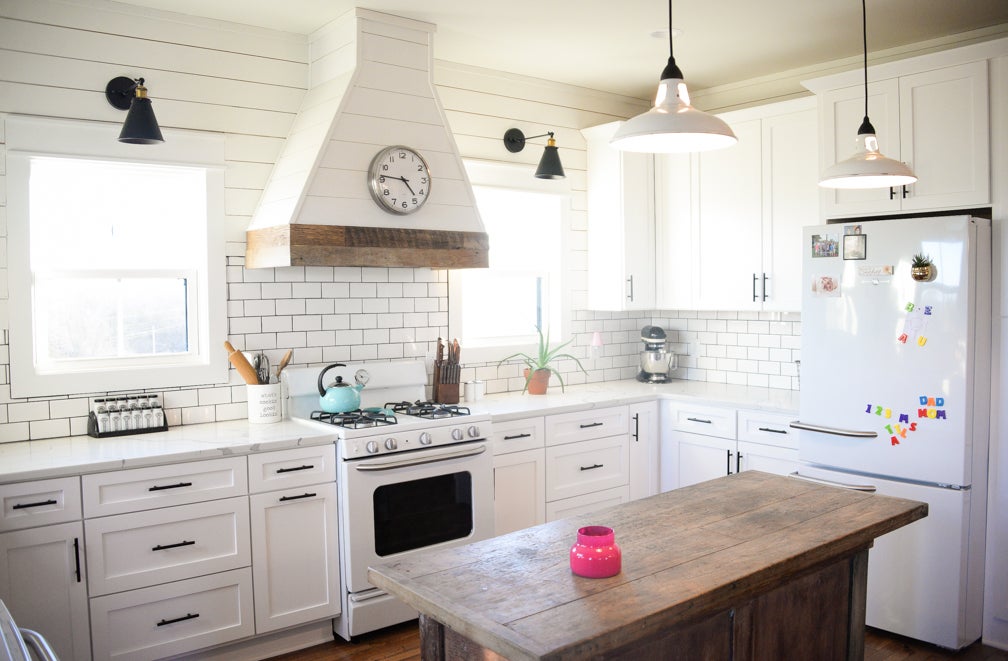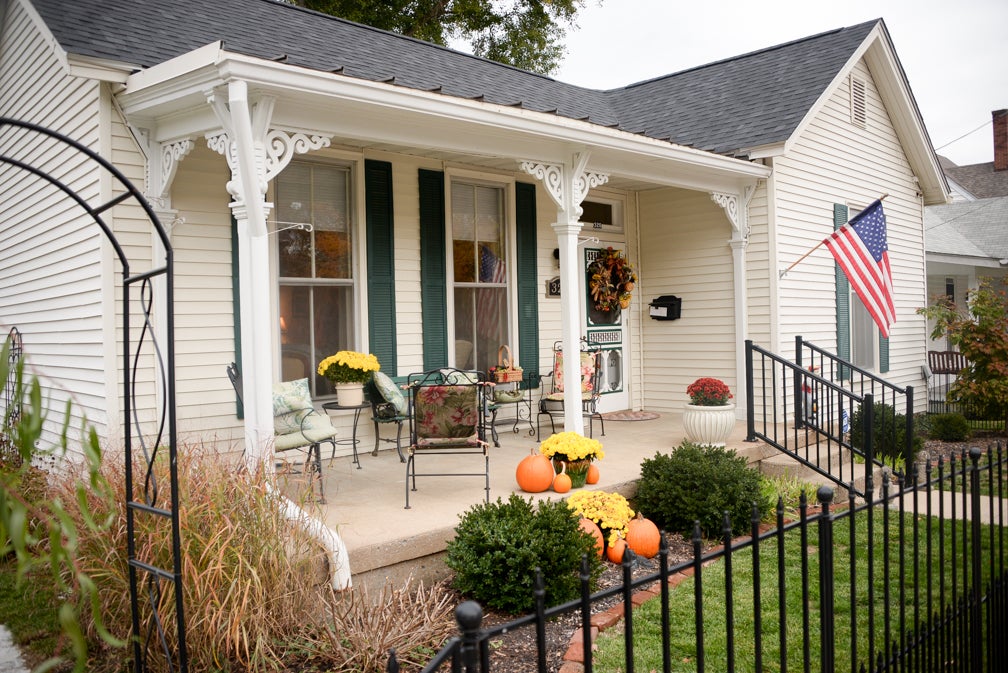By Terri Bennett, Terri Bennett Interior Design,
Authenticity is a word used frequently in this column. Interior design that incorporates authentic features tells a unique story. Unexpected combinations of furniture style make rooms more dynamic and interesting. One way to present an option to traditional manufactured furniture is to incorporate hand crafted furnishings. Individually designed and constructed, these pieces add warm character. Beyond the aesthetic a unique handcrafted piece of furniture comes with a story and layers of warmth from the human touch.
There is a consistent quality found in manufactured furniture which, by design adds to its consumer appeal. There will be no mistake of its construction or finish, or its predictable look. But because it is mass produced it likely it will be found in everyone else’s home. Too much manufactured furniture can become sterile and lifeless.
Handcrafted items bring a warm, lasting impression to the rooms they occupy. Consider the design and implementation of hand crafting furniture. Every piece is different. Every inch and surface is handled and touched by the craftsman. It undergoes a full transformation from tree, to lumber, to final product. Every piece is an extension of the “maker” which in turns becomes an extension of you.
- The basics. Handcrafted furniture is… crafted by hand. Usually from wood, metal, and leather or fabric. It is not simply home made, but built and finished by a skilled craftsman. Every piece has been conceived, designed, and fashioned to be a unique item. They will be slightly different even if it is a patterned staple. Some are constructed anticipating a buyer, others fulfill creative notion. If you are looking for something truly personal you may find a craftsman who accepts commissions and builds something to your standard.
- The elements. Whether it is a piece personally designed or commissioned by you, or a hand crafted piece you have found, its layers of natural elements – the wood itself, or the bend of the steel — will define its uniqueness. It reflects the creative mind that designs it, and the hands that craft it. Each of these elements combine to form the emerging story and character of a hand crafted item.
- The design. Most hand crafted pieces have a certain organic nature to them. It’s not a standard piece of lumber or a specified hand applied finish. Each design will be a one of a kind item crafted using the craftsman’s materials of choice. They become singular lasting impressions for your home.
- The maker. Someone who crafts furniture is part architect, part designer, an accomplished carpenter, and expert finisher. Some have years of experience, others are diligent apprentices pursuing success. They are people with creative minds and a determination to craft items carrying their name and reputation. Craftsmen take a chance pursuing artistic endeavors with built-in unknowns. Will the end user appreciate the time and energy expended to craft the item? If it is for public sale, will it sell?
- The perfectly imperfect. Humans are not perfect. Homes and their interiors are not perfect. Where there is a hand crafted story, there is imperfection. The imperfection becomes the character. Interesting wood selections may not have a perfectly matching grain, even when they are book-matched pieces. Knots and live edges may not align perfectly. These imperfections are the appeal of hand crafted pieces.

